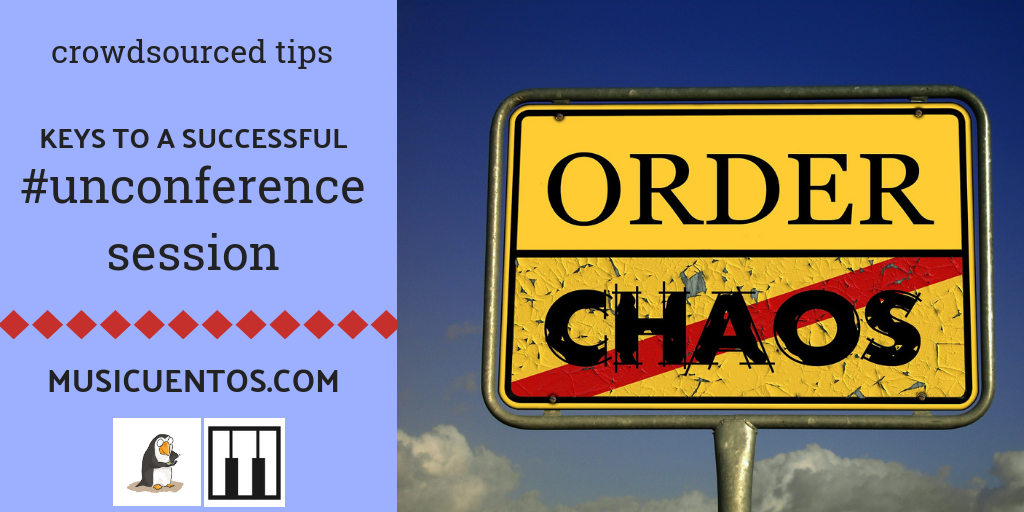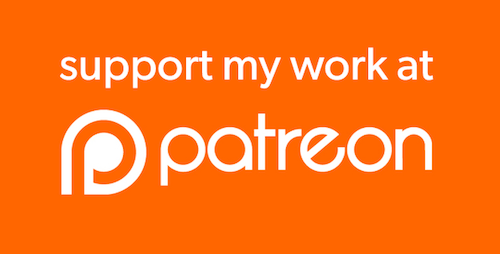One way or another, you’ve probably experienced a conference. But have you experienced an unconference?
As far as I can tell, the words “unconference” and “edcamp” refer to the same structure of professional development, with “edcamp” being specific to the education sector. The “edcamp” model has been taking hold for several years and the definition tells us why. The learning consists of 3 Ps:
- Peer-led
The people leading the sessions aren’t big-wigs or bosses or something else outside your world: they are your peers. - Participant-driven
Traditional conferences pre-select topics and then invite participants to come learn about them. Edcamps invite teachers to come and then select topics to collaborate on. - Professional
The content for the edcamp should be relatable to your professional life and advancement.
I’ve never attended an all-out edcamp, but I’ve enjoyed unconference-style sessions at conferences, and I got to help lead one at ACTFL last year – well, it was a sort of unconference-style session with a specific topic, the Can Do statements. Now I’m looking forward to facilitating such a session with general focus on assessment at the fall conference for the Tennessee Foreign Language Teaching Association. And so, as I did when I was contemplating how conferences in general might be improved (see that post here, heads up IT’S LONG), I reached out to the Twitter teacher community to crowd-source some tips.

The content of the session
My Twitter unconference experts had some tips regarding the content of the session. In a true unconference session, the only guideline really is the third P above – obviously, language teachers aren’t going to brainstorm improved pet care strategies. Otherwise, it could be fair game. Maris (@marishawkins) suggests asking some to “chime in early” (before the day of the conference, perhaps?) about topics they would like to see to give others an idea of what to expect. TFLTA leadership and I have started this, choosing to narrow the focus of the two unconference sessions to broad topics like assessment or using authentic resources.
To keep the content focused, Thomas (@tmsaue1) advises that the facilitator identify outcomes. What actual deliverables will the participants end up producing? These could be identified as soon as you have your set of focus questions. If one group is going to unconference on digital portfolios, task them with offering everyone tools to curate the portfolio, suggested “ingredients” in the portfolio, and tips for assessment, or any combination of those. Thomas adds that there must be a way to document these outcomes; participants must have a way “to share what they develop.” He says,
Public accountability will keep the conversations focused.
Maris cautions against assuming everyone will know the lingo. She suggests offering help with “newer phrases and acronyms that people may use and everyone may not know/understand.” Noah (@SenorG) agrees, and not just on content-specific language but about the unconference style in general. He suggests that you offer a physical or digital FAQ/tip sheet for attendees.
Managing the people (yes, the people)
All of my “panel” had suggestions on, let’s just get it out there, micromanaging the attendees. We’ll start with Noah. First, he says we should “do everything possible to lower barrier of entry,” creating a welcoming environment and atmosphere so that “newbies” feel comfortable.
Beyond that, the conversation focused on preventing common problems before they start. It’s all well and good to pretend that a bunch of adults can get together without much of an agenda and get something done. Come on, y’all, let’s own our distraction. I’ll end up telling you about my daughter’s pin-the-sombrero-on-Olaf twist at her Frozen birthday party that happened to fall on Cinco de Mayo. You’ll end up showing me pictures of your niece’s hair-braiding skills that are so legit, people are paying her to braid even though she’s only 10 years old. It’s gonna derail, friends. (Am I too old to use the word “legit?” And is that quotation mark in the right place? I digress.)
Noah suggest you have a “pre-planned buddy system of folks who can be enthusiastic early followers.” What does that look like? It looks like you planting “moles,” people who are in place to “ensure that early momentum isn’t left up to chance.” “Left up to chance” can also open the door to trolls and soapboxes; Thomas agrees that you can close that door with “strong facilitators.”
Derailing isn’t the only problem. Noah says we should “foster self-awareness with [people] who ‘get it'” so they can police themselves for “cliquey behavior.” On the other hand, Maris finds more homogeneous grouping helpful, at least at the beginning:
I like to make [a] birds-of-a-feather table initially, grouped by language or by division (elementary, middle, upper), to help facilitate conversation while others are starting to join.
The social media account for the National Network for Early Language Learning, NNELL, added to this conversation by suggesting that having a narrower focus (e.g. language learning in K-8), as suggested above, contributes to the success of an unconference session “because of group cohesion.”
When the group dynamic isn’t working, Marissa (@srtacoulehan) suggests something she learned from Noah’s unconference sessions at ACTFL:
Allow participants to move freely from one space to another. If your needs aren’t being met, seek out opportunities!
For more tips, definitely read through Maris’s blog post on this topic from her experience helping organize edcampCIVA.
How about you – in your opinion, what makes an unconference session or event a big success?
 If Musicuentos has significantly helped you in your language teaching journey, consider becoming part of the “thanks” crew on Patreon. “La lotería” patrons receive every resource I produce, whether it’s a $2 activity or a $50 ebook guide, including content exclusively developed for conferences, as thanks for their sponsorship.
If Musicuentos has significantly helped you in your language teaching journey, consider becoming part of the “thanks” crew on Patreon. “La lotería” patrons receive every resource I produce, whether it’s a $2 activity or a $50 ebook guide, including content exclusively developed for conferences, as thanks for their sponsorship.
1 Comments
Comments are closed.




[…] Unconferences and edcamps are near and dear to my heart! […]